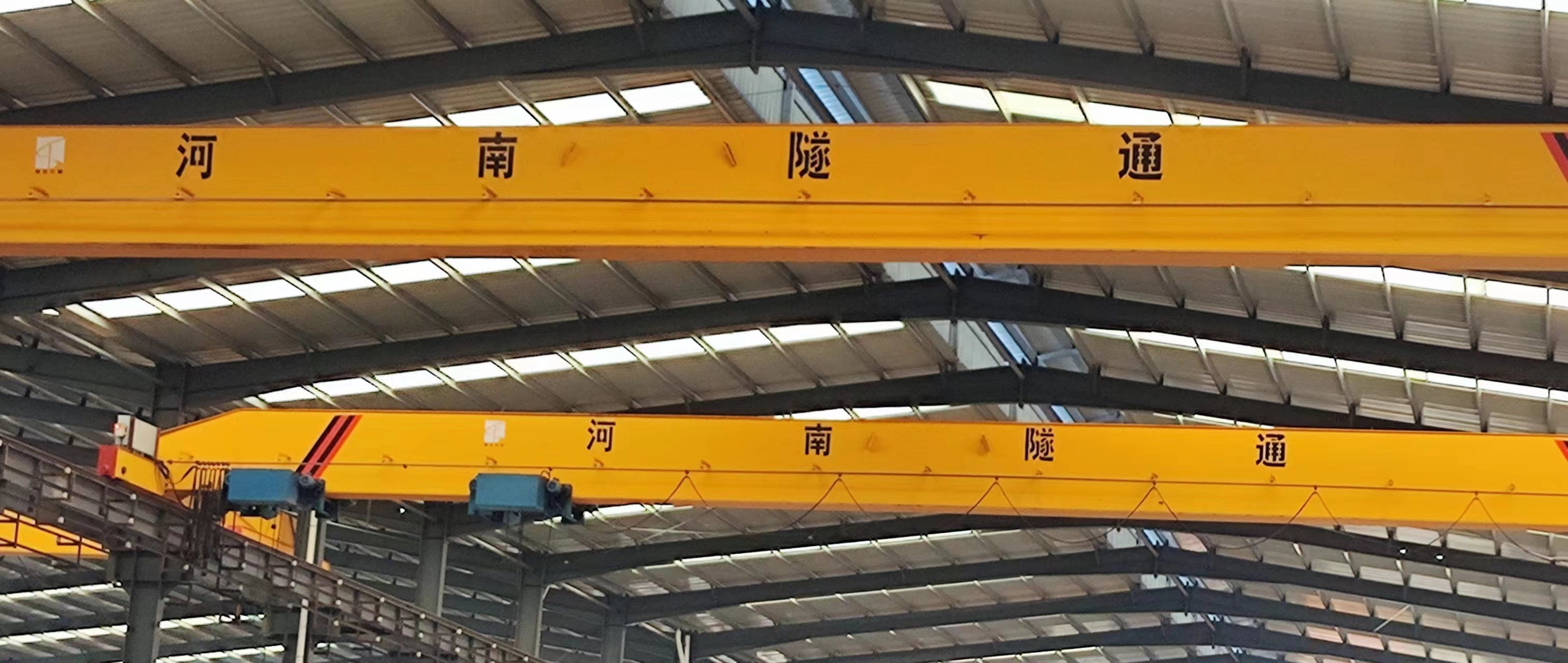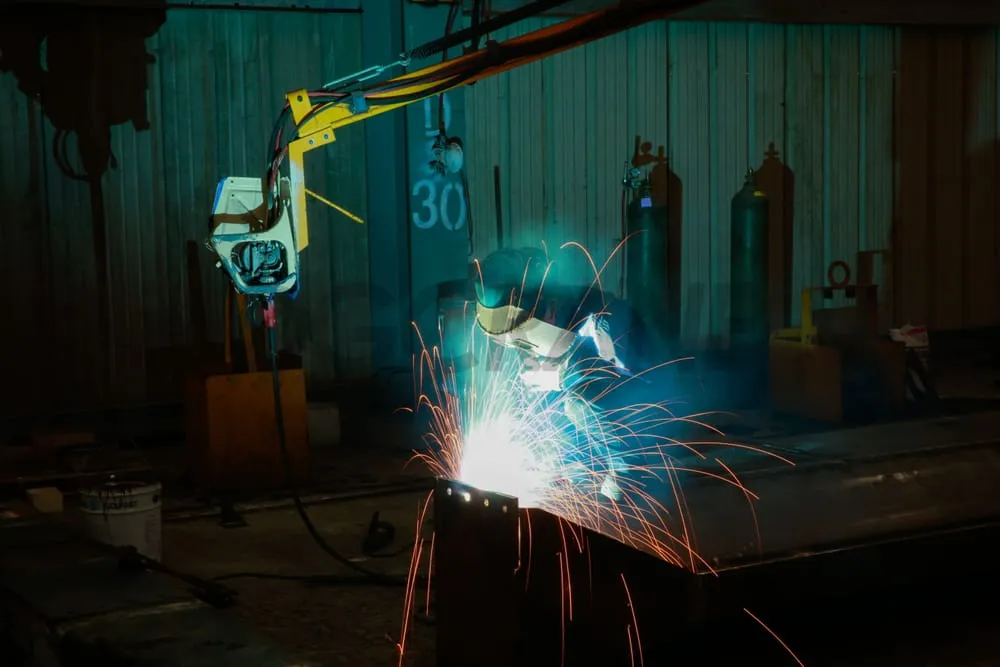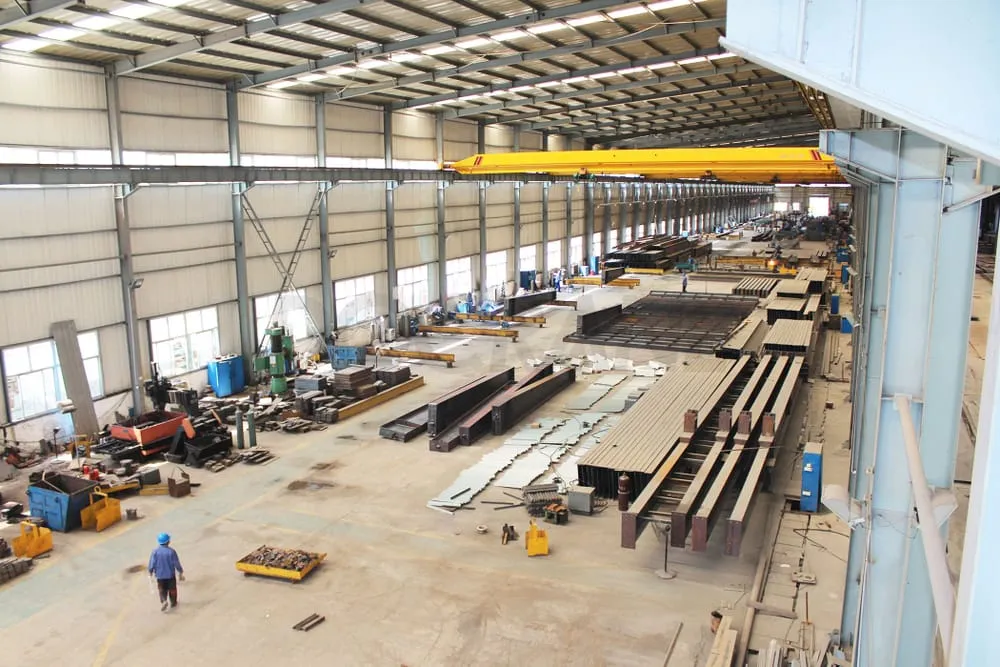10 Tips for Ensuring Safety in Overhead Crane Operations in the Industry
Understanding the Fundamentals of Crane Operation Safety
Ensuring safety in overhead crane operations is of utmost importance across various industries, including construction, manufacturing, and logistics. Crane operations entail inherent risks, such as structural failures, load drops, and collisions. Therefore, organizations must prioritize safety measures and adhere to legal and regulatory standards.

Before initiating any crane operation, it is essential to identify potential hazards and conduct a thorough risk assessment. Hazards may include uneven terrain, overhead power lines, adverse weather conditions, or the presence of workers in the vicinity. By identifying these risks, appropriate control measures can be implemented to mitigate them effectively. Conducting a risk assessment ensures that potential hazards are adequately addressed and reduces the likelihood of accidents.
Maintaining fall protection measures is crucial whenever an employee is exposed to a fall hazard exceeding a height of 6 feet. To comply with safety standards, organizations must establish suitable anchor points and provide comprehensive training in the use of fall protection systems.
Regular monitoring and maintenance are essential to uphold crane safety standards. Ongoing inspections should be conducted to identify any wear and tear, damage, or malfunctioning components. Reporting and addressing safety concerns promptly ensures that the necessary repairs or replacements are made before further operations. By diligently monitoring and maintaining cranes, organizations uphold a high level of safety throughout their operations.
Crane operator training provides individuals with the necessary understanding of safety protocols, hazard identification, and risk mitigation techniques. Proper training empowers operators to make informed decisions, follow best practices, and respond effectively to emergencies. Therefore, employers are required to provide comprehensive training to operators regularly. Learning about the signal commands of crane operation is very important, for example, hand signals.
And before 2018, crane operators were required to obtain certification, but no specifications for different types of cranes. This lack of distinction led to potential accidents and safety hazards, as operators could operate cranes they were not familiar with. So Occupational Safety and Health Administration(OSHA) updated its crane operator certification requirements in December 2018, which stipulates that operators must obtain certifications for each type of crane now.
The specific safety operations and parameters of a crane should be followed in accordance with the relevant regulations of the specific local jurisdiction. Different places may have different regulations and standards regarding crane operations and safety. It is important to consult the local authorities or regulatory bodies to obtain accurate and up-to-date information regarding crane safety guidelines in your area.


Overhead Crane operation safety is paramount in maintaining a secure working environment in industries that rely on these powerful machines. Prioritizing safety, implementing safe operating procedures, and fostering a culture of safety contribute to a workplace that values the well-being of its workers.
Gantry Crane Characteristics: Exploring the Key Features
Copyright@Henan Suitong Machinery Co., LTD. All rights reserved.